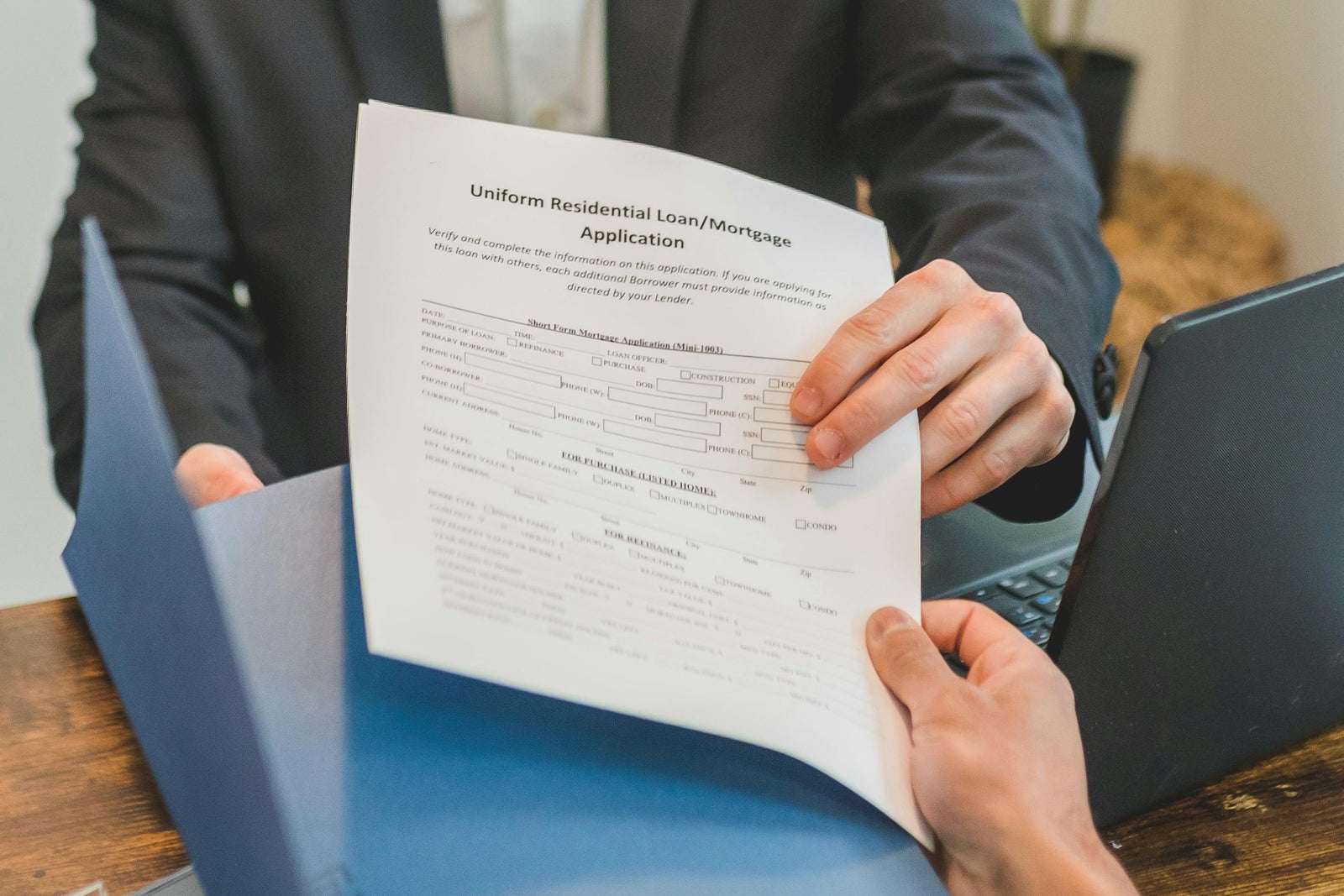
Mortgage porting has been gaining popularity in Canada, and for good reason. It can be a strong financial decision for many homeowners, but understanding how mortgage porting works and when it makes sense for you is crucial before you decide to do it.
What is Mortgage Porting?
Porting your mortgage allows you to transfer your existing mortgage to a new property when selling your current home and buying a new home. You will retain the same interest rate, remaining term, and amortization period, which can be beneficial depending on your circumstances.
Porting is only viable if your mortgage is portable and you both sell your current home and buy a new home within a set period of time, usually between 30 and 120 days. You will have to apply with your lender and qualify under their current criteria as well as complete the port within the required timeframe.
Which Mortgages Can Be Ported?
Not every mortgage can be ported. Most fixed-rate mortgage come with the option to port, but some are labelled “restricted”, which can prevent you from porting. Take a look at your mortgage terms and see how they define porting and whether or not you’re even eligible to do it.
For variable-rate mortgages, there’s almost never an option to port. You can talk to your lender to see if you’ll be able to, but they may only allow it if you switch to a fixed rate first. Of course, switching to a fixed-rate mortgage could result in a higher interest rate or added fees.

How to Port Your Mortgage
The first step you should take is to read the terms of your mortgage agreement carefully. If porting is available to you, each lender will have their own rules about qualifying, timing, and how much of the mortgage you can move. You will also have to re-qualify in order to port your mortgage.
Of course, you’ll also want to determine if porting your mortgage would be financially beneficial to you. Use a porting mortgage calculator to see if porting your mortgage would make financial sense based on how much you still owe and whether your existing rate is lower than current rates.
The value of your home and the home you’re buying will also affect porting. If porting your mortgage to a higher-value property, you may be offered a blended rate for the added amount. However, not every lender offers blended rates, and those that do may set a minimum time left on your current term for blending to apply.
If you’re purchasing a lower-value property than the one you currently own, the unused portion of your loan could be treated like a lump-sum payment. This could trigger a penalty if you don’t have prepayment privileges.
Pros & Cons of Mortgage Porting
Pros:
- Keep your existing rate and terms: By porting your mortgage, you can secure a better rate for yourself than what’s available in the current market. You can also preserve favourable contract features like prepayment options or longer amortization periods.
- Preserves lower payments long-term: Porting your mortgage allows you to keep lower payments, which can make a huge difference in both month-to-month affordability and total interest paid over time.
- Avoid penalties: When you break off your mortgage early, you often trigger penalties that can be quite costly depending on your lender and remaining term.
- Faster than applying for a new mortgage: Porting your mortgage is often faster than applying for a whole new mortgage as you’re essentially just transferring your existing agreement.
Cons:
- Time restrictions: As mentioned, most lenders require you to port your mortgage within 30 to 120 days. This means selling your current home and purchasing a new one within this timeframe, which can be tight depending on the market.
- Missing better deals: When you port your mortgage, you continue your loan with your current lender. This could mean missing out on better offers from other lenders. Review your options carefully before porting, as some lenders’ blended rates are higher than market rates elsewhere and may result in you paying more money in the end.
- Restrictions with the same lender: Your financial situation may have changed since you originally got your mortgage, meaning you may need different terms and services. Switching lenders can be beneficial, but porting your mortgage locks you in with your current lender.

FAQs About Mortgage Porting
Can I port a mortgage when moving to another province or property type?
There is no straightforward answer, as it will vary from lender to lender. Most lenders will only allow you to port a mortgage between similar property types. When it comes to moving provinces, some lenders may allow you to port your mortgage, but you will have to re-qualify or meet certain equity thresholds.
What happens if my sale and purchase dates don’t match?
Typically, the window for both the sale and purchase of a home is 30 to 120 days in order to meet mortgage porting requirements. If there’s a gap, you may not be able to port your mortgage. Some lenders do offer bridge financing, but not all. Be sure to know the terms of porting your mortgage, otherwise you may have to pay a penalty and reapply.
What if my income or credit has changed since I originally got my mortgage?
You will have to re-qualify when porting your mortgage, so a change in income, credit, or debt could prevent you from qualifying. If your financial situation has changed, ask your lender how to port your mortgage with financial changes and see if you can plan ahead of time.
Can I change my amortization or loan structure when porting my mortgage?
Typically, no. Porting your mortgage doesn’t just mean carrying over the rate and term, but the original terms of the agreement. If you’re thinking of shortening your term, adding a line of credit, accelerating payments, etc., then you may be better off breaking the mortgage and applying for a new one.
Mortgage porting will not look the same for everyone; it may be a smart financial decision for some, but others may benefit from breaking their mortgage and applying for a new one with different rates and terms. It’s important to review your mortgage terms and the conditions of porting your mortgage carefully. Don’t be afraid to enlist the help of your Realtor to help guide you with porting your mortgage.
Source
